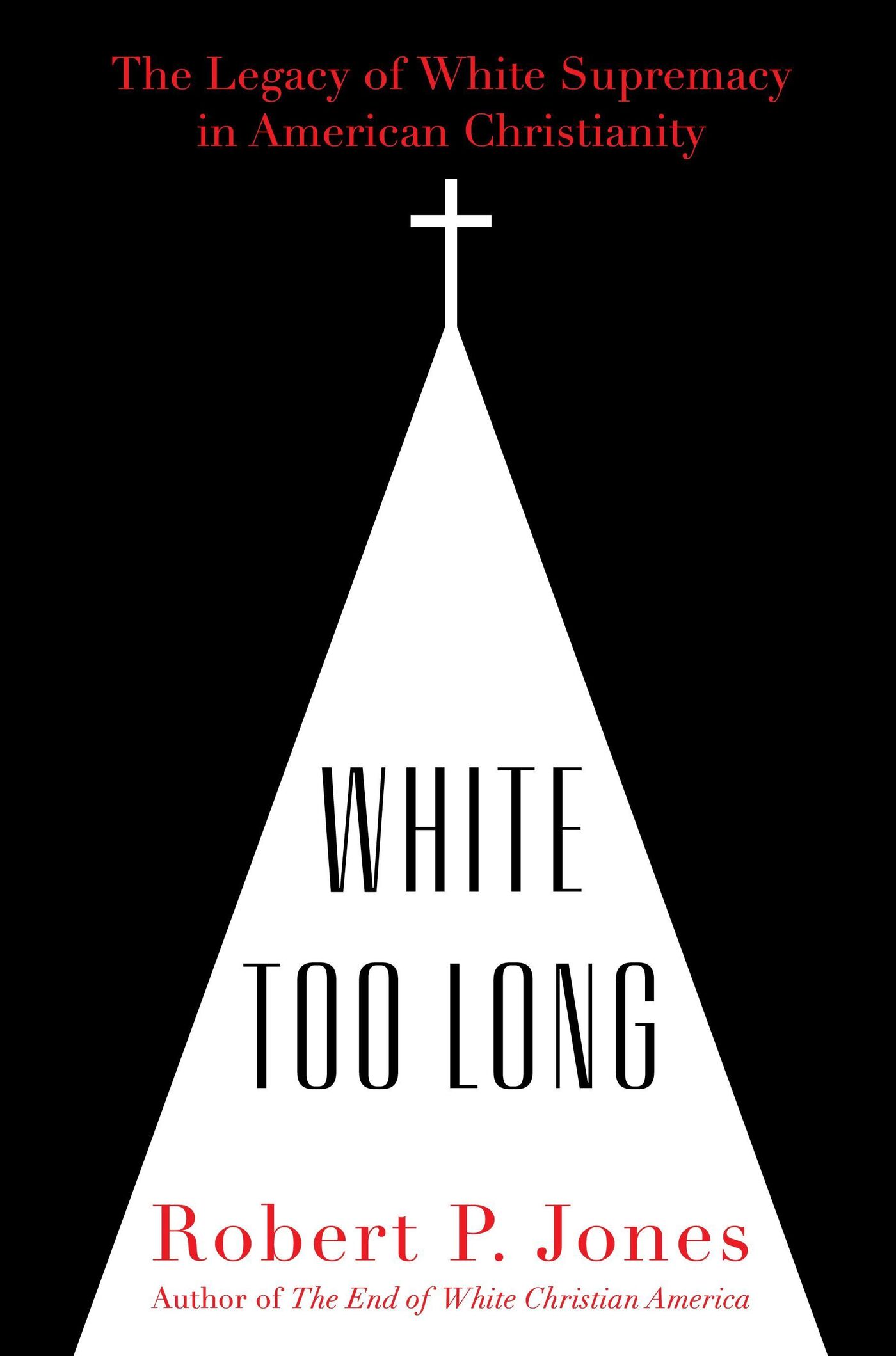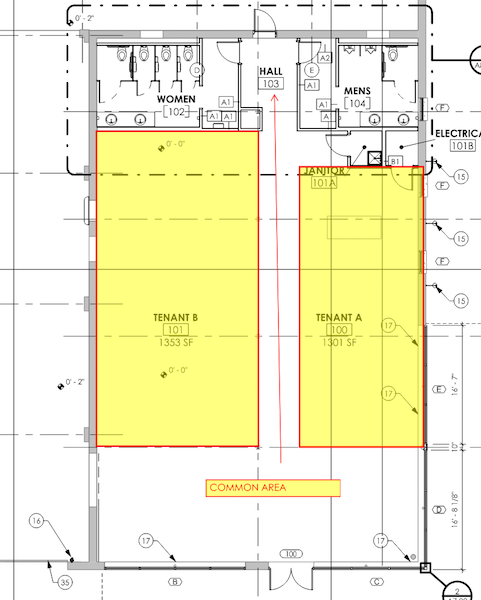
Robert P. Jones is the founder and CEO of the Public Religion Research Institute, a nonprofit, nonpartisan organization that conducts research on issues at the intersection of religion, culture and politics. Simon & Schuster hide caption

Robert P. Jones is the founder and CEO of the Public Religion Research Institute, a nonprofit, nonpartisan organization that conducts research on issues at the intersection of religion, culture and politics.
Simon & SchusterGrowing up in Texas and Mississippi, author Robert P. Jones was a very active member of his Southern Baptist Convention church. Between youth group, Bible studies and prayer services, he spent about 6-7 hours each week at church or doing church related things.
But in all that time, he never really heard about the church's history — including the fact that Southern Baptists split from the North around 1844 because the Northern Baptists opposed slavery.
"I was 20 years old before I got a hint of that history ... and even had the possibility of beginning to think about what the implications of that were," Jones says.
In his new book, White Too Long, Jones examines the legacy of white supremacy among Southern Baptists and other Christian denominations.
Jones says the Southern Baptist Convention tends to focus on each individual's interior relationship with God — and "essentially screens out questions of social justice."
"I cannot remember a single sermon calling attention to racial inequality, racial injustice [or] the struggle for civil rights," he says.
As the U.S. begins to grapple more seriously with issues of racism and white supremacy, Jones says the time has come for churches to be more in vocal about social justice.
"There's so much work still to be done," he says. "White Christians have been largely silent ... and have hardly begun these conversations."
Interview highlights
White Too Long, by Robert P. Jones Simon & Schuster hide caption

White Too Long, by Robert P. Jones
Simon & SchusterOn how the Southern Baptist Convention split from the North around 1844 because of slavery
The precipitating event was really whether someone who was being called as a missionary to spread the gospel could simultaneously be a slave owner and still be a church member in good standing. And the members of the churches in the South actually put this issue forward very intentionally, to test what their Northern brethren would say about this. And the North responded very clearly, and Northern Baptists said, "No, you know, under no circumstances will we be behind this." And that really was the precipitating split. And just a few short months later, the Southern Baptist Convention was formed very intentionally with the word "Southern" and the front of it to indicate its allegiance really to this slave-owning society.
On how the Southern Baptist Convention used the Bible to justify slavery
The slave owning argument really had more of the Bible on its side, at least read literally. You know, there's plenty of things to point to in the Bible where there's slavery mentioned [and] it's not condemned. The whole book of Philemon in the New Testament ... talks about slaves obeying their masters and even returning to their masters, a slave who's escaped is commended to return to slavery. And so the more straightforward arguments out of the Bible were simply there. And then read into that, I think, also was this idea of white supremacy, ... that God's design for human society was that whites of European descent would really be the vanguard of society, and at the top of society. And their goal was to "civilize" everyone else from their place at the top of the political and cultural hierarchy.
On how the Southern Baptist Church maintained its stance after the Confederacy lost
The term that historians use is ... "lost cause religion," and that sounds like an admission of loss, but what that term really means, it was not at all a concession. It was really about keeping these embers burning, and this idea that ... from the ashes of defeat there would still be a rise of the South and a rise of victorious Southern religion. And you can see this in the Confederate monuments, for example, that sense of: Yes, political defeat, military defeat, but not really admitting a kind of religious and cultural defeat. ... Again, it was about this idea that God was still behind this vision of society.
On how some Northern churches imposed segregation even after the Civil War
It wasn't just in Southern evangelical churches or Baptist churches. ... Even when [the Methodists] admitted African American churches into the larger Methodist denomination, they segregated them into one jurisdiction. It was essentially a version of religious gerrymandering so that they would get one bishop instead of possibly competing for power in other jurisdictions; they were all locked into one jurisdiction, so their voice inside the denomination will be smaller.
And even among white Catholics, the Catholic Church had long had a practice of African Americans sitting in the back. [They] couldn't come and take part of the Eucharist until all the white members had done so. New York, for example, did the same thing, and actually segregated the African American Catholics into a single parish and also made only one Catholic school available to African Americans and made it a segregated school. And these practices continued in the middle of the 20th century, even even among Catholics in the North.
On the contradictions within white churches that supported the civil rights movement
The United Methodist building here in Washington, D.C., was the staging ground and playing a lot of supporting roles for the March on Washington in 1963. The Christian Century, the kind of flagship magazine of the mainline Protestant world, was the place where Martin Luther King's Letter from Birmingham Jail was originally published. He was on the editorial board of essentially this white mainline Protestant magazine. So there's certainly very prominent figures, places that showed up and helped in organizing, but [also] this huge gap between the official statements, leaders who showed up in those things, and the vast majority of folks on the ground.
At the same time The Christian Century is publishing A letter from Birmingham Jail, Martin Luther King and his wife apply for their son, Martin Luther King III, to attend a private Episcopalian school in Atlanta. And he's turned down on the basis of race. At the same time there's a very mainline denomination helping support the march on Washington ... another wing is denying his [son's] admission to a school on the basis of race. It's a very mixed bag. ... The symbolic things that were done and even courageous leaders that were out in the front of the civil rights movement never quite fully brought the great bulk of people in the pews with them.
Sam Briger and Joel Wolfram produced and edited this interview for broadcast. Bridget Bentz, Molly Seavy-Nesper and Beth Novey adapted it for the Web.
The Link LonkJuly 31, 2020 at 12:09AM
https://ift.tt/2EAW5rt
'White Too Long' Author: Churches Need To Reckon With 'Legacy Of White Supremacy - NPR
https://ift.tt/3d5QSDO





No comments:
Post a Comment